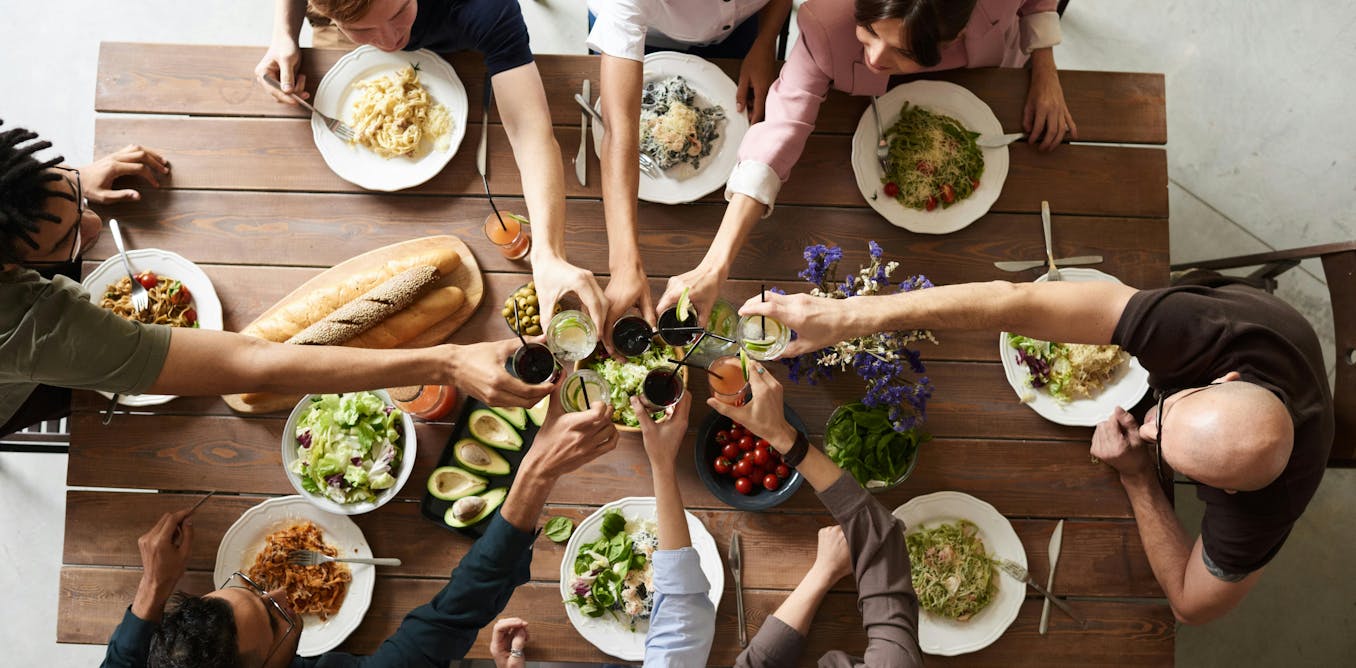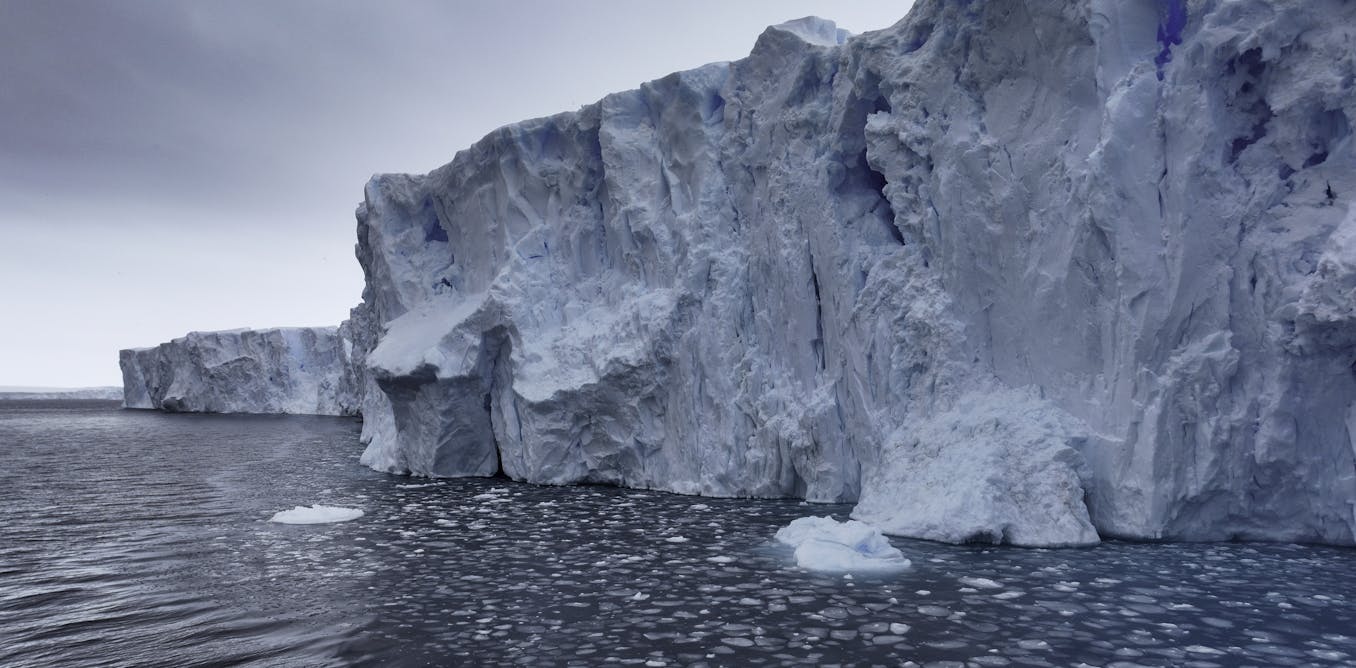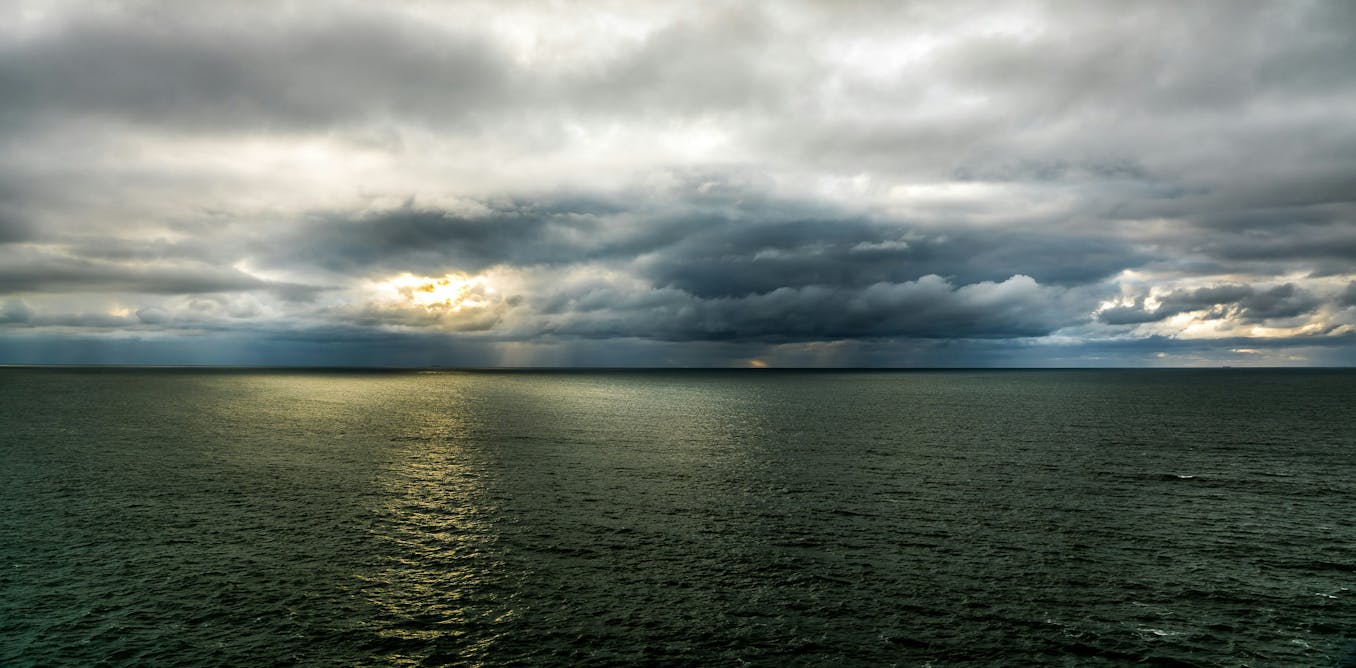How Radioactive Shrimp May Have Gotten Into America
In a startling reminder of the complexities surrounding food safety and import regulations, the U.S. Food and Drug Administration (FDA) recently issued a recall for Walmart’s Great Value frozen shrimp in 13 states due to potential radioactive contamination. The shrimp, farm-raised in Indonesia, has sparked widespread concern not only about the health implications of consuming contaminated seafood but also about the larger systemic issues within the shrimp import industry.
This incident is hardly an isolated one. Just months earlier, in February, the FDA rejected shrimp shipments from India due to illegal antibiotic levels, highlighting ongoing challenges related to imported seafood. Despite these health risks, a staggering 90% of the shrimp consumed in the United States comes from overseas suppliers. The driving force behind this statistic is an alluring price point, which has inevitably resulted in a sharp decline in sales for American wild-caught shrimp, particularly impacting local fishermen in Louisiana who have long depended on the Gulf of Mexico for their livelihood.
The narrative surrounding shrimp in America is complex, encompassing a mixture of culinary delight and underlying controversies. The video titled “How Radioactive Shrimp May Have Gotten Into America” delves into this intricate ecosystem, offering viewers a detailed exploration of the shrimp industry. The opening segment introduces viewers to the cultural significance of shrimp po’ boys, a staple of Southern cuisine, only to pivot to the realities of shrimp processing factories, where questions of health and safety emerge in stark relief.
The rise of imported shrimp reflects not only economic decisions but a shift in consumer behavior over the decades. While American shrimp offers a fresher product, it comes at an elevated price that many consumers are unwilling or unable to pay. This preference for low-cost imported options has resulted in a significant encroachment on domestic wild-caught shrimp industries, leading to a troubling decline in traditional fishing communities reliant on these resources.
The video further explores the methods employed in both shrimp farming and hunting. For instance, the use of tools like “knuckles” to catch shrimp illustrates the labor-intensive nature of wild shrimping, contrasting sharply with the practices in international farms where regulations may be lax. The struggles faced by shrimpers in tapping their catch become increasingly poignant against this backdrop of cheap imports.
Discussions around the controversies surrounding imported shrimp reveal a multitude of factors contributing to potentially unsafe seafood making its way into American kitchens. Mislabeling in restaurants adds another layer of complexity, obscuring the source of the shrimp on diners’ plates and raising serious questions about transparency and accountability in the food supply chain.
As the video illustrates, the challenges posed by antibiotic use in Indian shrimp farms and the risks tied to other harmful chemicals reflect a broken system that prioritizes profit over consumer safety. Understanding how these shrimp manage to evade stringent U.S. border controls highlights vulnerabilities in regulatory frameworks that are meant to protect public health.
While the low price of imported shrimp continues to dominate the market, discussions are now turning toward potential solutions that could balance the needs of consumers while ensuring safe, sustainable seafood practices. The threat of contaminated seafood—and the recent recall of radioactive shrimp—serves as a poignant reminder of the importance of scrutinizing the sources of our food.
In a world increasingly reliant on global trade, the stakes have never been higher. Addressing these issues requires collaboration across industries, transparency in labeling, and a commitment to regulatory oversight to preserve not just the health of consumers but the cultural heritage embodied in American shrimping traditions.
Watch the video by Business Insider
Video “How Radioactive Shrimp May Have Gotten Into America” was uploaded on 08/21/2025 to Youtube Channel Business Insider







































because of Japanese pour nuclear power plant waste in ocean
Shrimp-Man🎉🎉🎉
What goes around comes around.
We all are connected to the whole universe, just like a cell in our body. Sooner or later, it will affect everyone and everything.
Business Insider getting lazy.
Wild shrimp is full of pollution and micro plastics 😂
Nothing is safe anymore.
Go after the corporations that pollute and this administration who keeps gutting the EPA
Keep eating meats, its not like there's been literal epidemics caused by meats and unhygienic methods its handled
I wish we had better labeling so we know where we are getting our shrimp from
Again propoganda bcoz..in usa shrimp 🦐 price increase due to tariff … farmers doing hard work in firm and these so called media tab that as radioactive 😅😅is your govt sleeping at.??
In odisha, india raw shimp export to all over world by usa companies,, bcoz a few usa companies settled there office for quality control …😊only for raw shrimps .. 18:17
Didn't the Trump Admin pass an EO on protecting the domestic shrimp industry??
There was investigation to find the root of cause by authority.
It was found that a local has collect sand/stone like material, and use it to build a building close to a company processing the shrimps.
The radioactive itself is Cs, that is considered man made, so the investigation is focusing on how such as material released unmanaged properly.
…tarrifs, we like to say the word "tarrifs" problem solved.
To reduce consumption of shrimp…..some one created this story.
Isn't american shrimp full of petrochemicals? Courtesy of BP
If we do not farm shrimps then the wide shrimps on earth will be gone in 10 years.
Remember to always look from where your shrimp comes from, wild caught gulf is definately the better option.
Not gulf of American
I live in the Gulf myself and have seen people have to change jobs and go on government subsidies because of this exact issue and that to me just seems completely counterintuitive. it’s so sad too because these are people who were truly born and raised in the south and have so much pride in what they do and this is the first generation since the industry really started that these people can’t see a future that is stable in this industry and that’s horrifying. Imagine whatever industry you’re in could easily not have a future in a few years and you are nowhere near retirement age and even if so, you’re gonna still need help even at 70 years old. To me it’s truly sickening.
We understand the play, indian shrimps are being targeted
Wow a re-upload. No shock.
Do you mean golf of America
Only a part of it is True with respect of India otherwise it is a Propoganda.
I can't stand the way people from Louisiana talk.
Why don't they produce themselves 😅
Need something so that they themselves reduce shrimps consumption and not look at price hike. Thats called a way to bend behaviour
Always wild caught better than farm seafood
Maybe it's time to stop buying imported shrimp. They taste like sht anyways. Brown American Shrimp have a more taste, are more meatier, and they look good after being cooked.